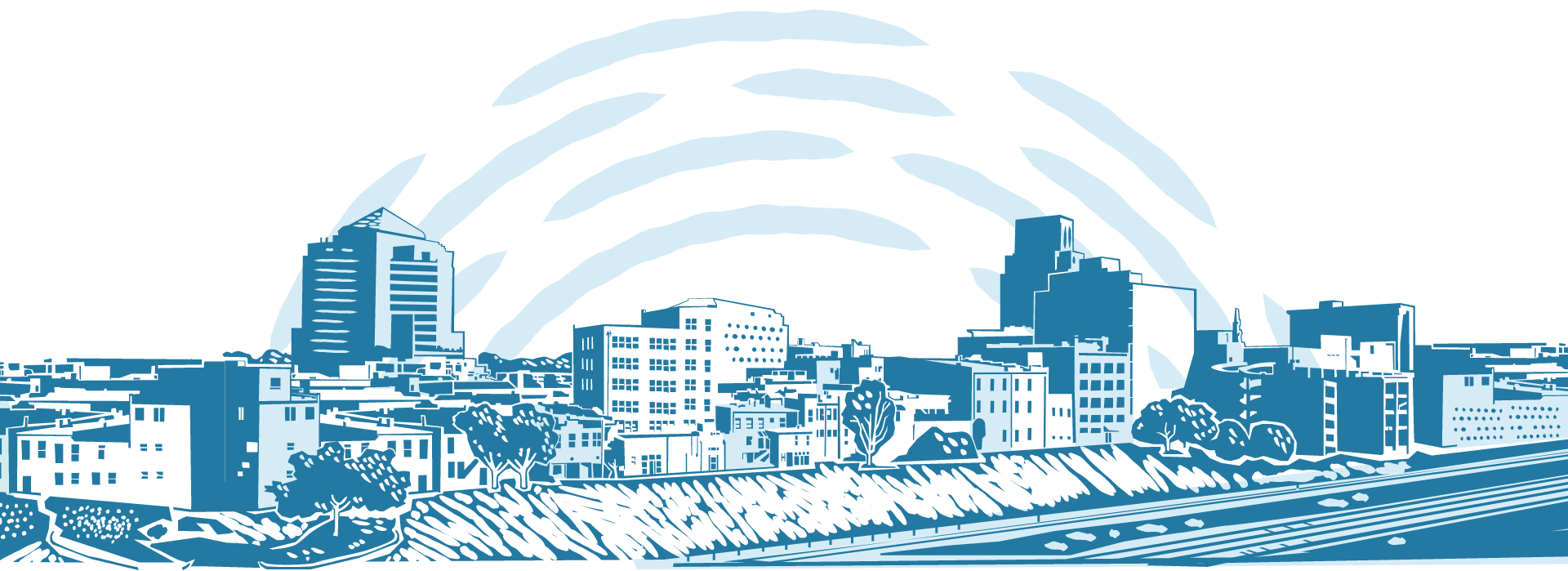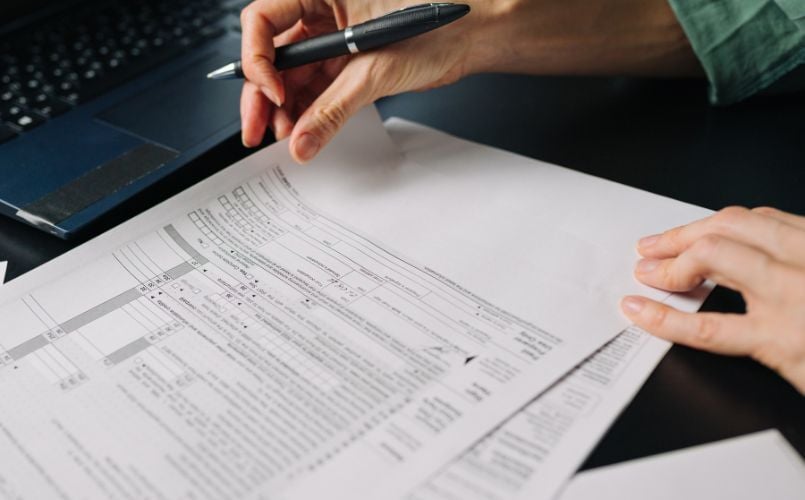Local government, higher education, and healthcare organizations across the country have a very important date highlighted on their calendars: June 30, 2022. This date marks the deadline for complying with a new lease accounting standard that is effective for reporting periods beginning after June 15, 2021. Thus, entities with a June 30, 2021 fiscal year end will be the first to implement the Governmental Accounting Standards Board 87 standard (GASB 87) across their leases, and the deadline for compliance is quickly approaching.
There are many factors that government and other public entities need to consider as they prepare for this mandatory change to their current financial reporting:
- Understand the structure and requirements of the new accounting standard
- Evaluate whether to overhaul your current lease reporting structure yourself or to leverage a technology solution
- Complete GASB 87 implementation before the 2022 deadline
Don’t know where to begin? Read ahead for things to consider and how to implement GASB 87 for your organization before the deadline.
What is GASB 87 and when is the deadline to comply?
GASB 87 was intended to “better meet the information needs of financial statement users,” according to GASB’s summary. These new requirements will have a significant impact on how leases are recognized and reported.
In summary, government, higher education, and public healthcare organizations will be required to:
- Gather their lease agreements (lessee and lessor - copiers, vehicles, real estate, cell tower , among others)
- Test each agreement to determine whether they’re subject to the new reporting requirements
- Calculate lease beginning balances and schedules
- Update their financial statements and note disclosures with this new information
GASB 87 has been in discussion since 2017 with an original implementation deadline of December 2019. Due to COVID-19, GASB Statement No. 87 was postponed roughly 18 months, giving local governments, higher education, and public healthcare providers additional time to prepare and comply. GASB 87 officially went into effect June 15, 2021, which means June 30, 2022 audits will be the first that need to have their leases comply with this new accounting standard.
Considerations for GASB 87 Compliance
Understanding the new reporting requirements
GASB 87 comes at a time when many governments and other public entities are still in the thick of a very stressful season with limited resources and ever increasing responsibilities and expectations. In many cases, the pandemic has required teams to make do with what they have without budget resources available to hire additional help. That puts the burden on the current finance teams to find time in their busy schedules to not only fully understand the new standards but also comply with them. Depending on the number of leases an organization has and the size of the team, it can take 12 weeks or longer for a small team to plan and prepare for GASB 87.
Evaluating options for implementing GASB 87
Nearly every government, higher education, and healthcare organization has at least one lease, which means GASB 87 will affect most organizations. If you only have one or two leases that are relatively simple agreements, preparing for GASB 87 may not be that large of an undertaking, but for organizations with complicated lease structures and limited personnel, GASB 87 could easily take months to prepare for. From collecting and organizing your leases, to extracting the data and creating the schedules, to conducting internal and external reviews, there’s a lot of work involved with implementing the new standard. And don’t forget about ongoing compliance on every audit moving forward.
Luckily, there is now technology available that was developed specifically with governments and other public entities (and their unique challenges!) in mind. These solutions can help organizations operate more efficiently and significantly reduce the burden placed on local teams to comply with new financial reporting standards. With the Governmental Accounting Standards Board continually pushing out new standards to improve financial reporting, technology is playing an increasingly significant role in helping organizations navigate the complexities and requirements of standards such as GASB 87.
When choosing a software to help with GASB 87 compliance, organizations need to look for solutions that offer the following key benefits: upfront lease organization and data extraction, schedule creation, and ongoing compliance.
Knowing if a Request for Proposal (RFP) will be required
Many public organizations must follow specific purchasing processes, often including Requests for Proposal (RFP). According to Investopedia, an RFP is a “business document that announces a project, describes it, and solicits bids from qualified contractors to complete it.” In the world of local and state governments, higher education, and healthcare, RFPs can be a time consuming and lengthy process, often taking anywhere from 3-6 months to complete the bidding process.
The GASB 87 deadline will wait for no one, so if your organization must follow an RFP purchasing process, you must begin your RFP process no later than December 2021 in order to be compliant with June 2022 audits. The earlier you submit your RFPs, the better, as once a solution has been contracted, it will usually take 45-90 days to get the software implemented and the team trained on how to use the technology.
Planning for implementation and compliance
Once you’ve identified whether you want to take on the burden of complying with GASB 87 yourself or choosing a technology to help, make sure you have enough time set aside in your calendar to actually implement the new lease standards. In a nutshell, you will need to perform the following tasks:
- Create a Plan of Action
- Review and Organize the Leases
- Extract the Lease Data
- Craft the Initial Schedule
- Launch an Internal Review Process
- Prepare and Review Journal Entries
- Start the External Review Process
- Prepare Note Disclosures
- Adhere to Ongoing Compliance
Choosing to partner with a technology solution can significantly reduce the stress, burden, and time commitment required for each of the tasks listed above. Assuming you have all your leases readily available and organized, lease management software can get your organization up and running with GASB 87 compliance in 45-90 days.
Next is training internal and external team members about GASB 87 implementation and ongoing compliance. Partnering with a technology solution with a reputable client success department will lift some of the burden of training. Their client service team can easily and thoroughly train and educate team members on how to use the software and how the technology enables GASB 87 compliance. Relying on the technology provider to assist with education and training will be beneficial as new team members come into your organization and need to get up to speed quickly.
How DebtBook can help
DebtBook makes powerful, easy-to-use, cloud-based debt and lease management software for government, higher education, and healthcare finance teams. We make GASB 87 implementation and ongoing compliance easy and produce results that you will be confident in.
DebtBook addresses all three phases of challenges faced by organizations looking to implement GASB 87 (upfront lease organization and data extraction, schedule creation, and ongoing compliance), and our best-in-class client success team has an average 5-star rating from the clients we serve.
The time is now to start thinking about how your organization will comply with GASB 87. Click here to see how DebtBook delivers a complete solution to enable easy and confident compliance.
Disclaimer: DebtBook does not provide professional services or advice. DebtBook has prepared these materials for general informational and educational purposes, which means we have not tailored the information to your specific circumstances. Please consult your professional advisors before taking action based on any information in these materials. Any use of this information is solely at your own risk.







